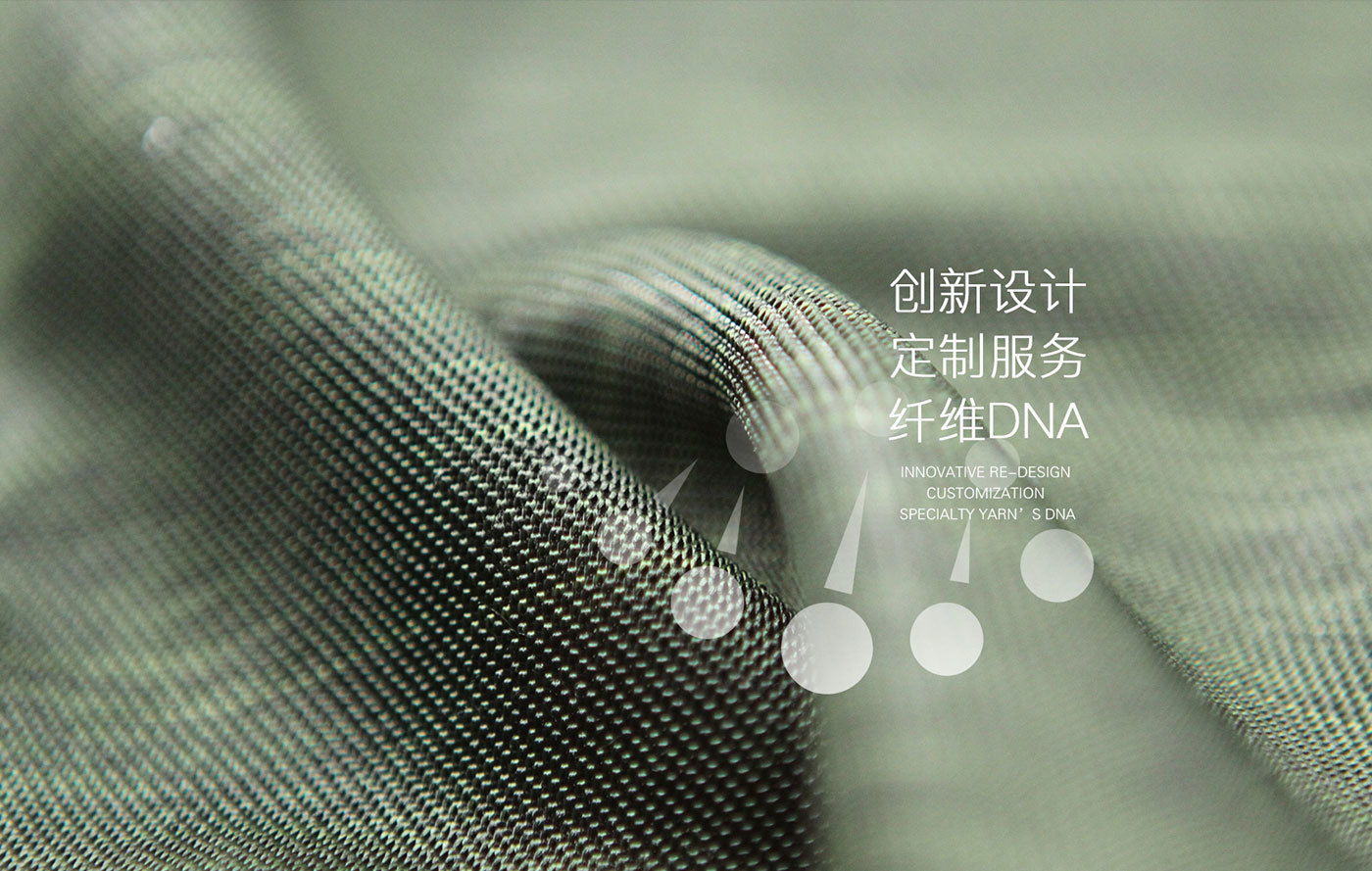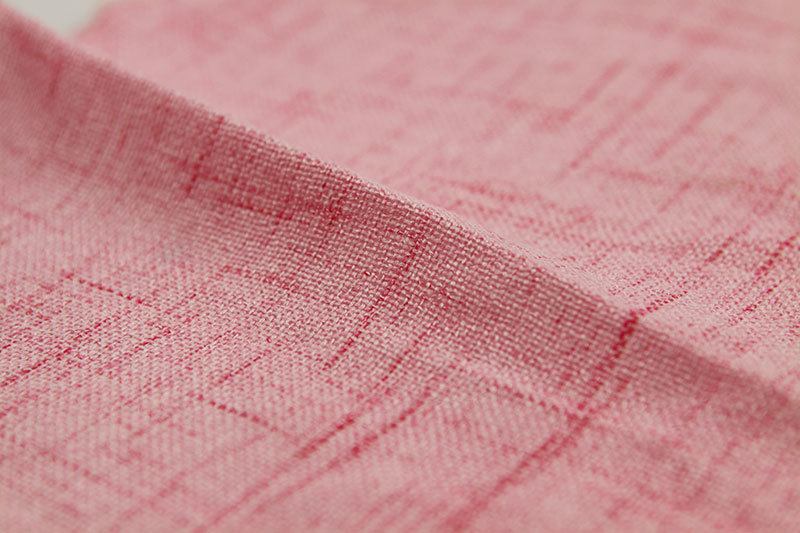How to identify white thread
The identification of white silk can mainly start from three directions. The composition of the white thread, the front and back of the textile, the direction of the warp and weft yarns and the appearance quality of the textile. By identifying these three directions, fabric buyers can be helped to find high-quality and inexpensive fabrics. The following is an introduction to the identification method of the white striped silk component.
The identification of white silk can mainly start from three directions. The composition of the white thread, the front and back of the textile, the direction of the warp and weft yarns and the appearance quality of the textile. By identifying these three directions, fabric buyers can be helped to find high-quality and inexpensive fabrics. The following is an introduction to the identification method of the white striped silk component.

A method of sensory recognition
1. The main method
Perception: Use the visual effects of the eye to observe the luster and darkness of the fabric, dyeing conditions, whether the surface is rough, structure, texture and appearance characteristics of fibers;
Feel: Use the tactile effect of the hand to feel the softness, smoothness, roughness, detail, elasticity, warmth and coldness of white silk. You can also manually detect the strength and elasticity of fibers and yarns in fabrics.

Hearing, Nose and Smell: Hearing and smell help to judge the raw materials of certain fabrics. For example, silk has a unique silky sound. The tearing sound of various fiber fabrics is different. Acrylic and wool fabrics smell differently.
2. Four steps
(1) Distinguish the categories of white silk fibers or fabrics.
(2) The type of raw material is further judged according to the sensory properties of the fibers in the fabric.
(3) The final judgment is made based on the sensory characteristics of the fabric;
(4) is the result of the verification judgment.
If you are not sure about the judgment, you can use other methods to verify it. If the judgment is wrong, sensory recognition can be performed again, or combined with other recognition methods.
2. Density gradient method
The process of identifying white silk by the density gradient method is to configure the density gradient solution. The method of construction is to properly mix two light and heavy liquids of different densities that can be mixed with each other. Typically, xylene is used as the light liquid, and the heavy liquid uses diffusion to diffuse light and heavy liquid molecules at the interface of the two liquids, so that the mixed liquid forms a density gradient liquid that flows in a density gradient tube from above to the next continuous change. Use a standard density sphere to calibrate the density values for each height.
Then, the white-grained silk to be tested is pretreated by deoiling and drying to make pellets. The pellets were sequentially placed in a density gradient tube to measure the density value of the fibers and compared to the standard density of white silk to identify the white silk species. Because density gradient fluids vary with temperature, it is important to keep the temperature of the density gradient fluid constant during testing.
Previous page
Related information




